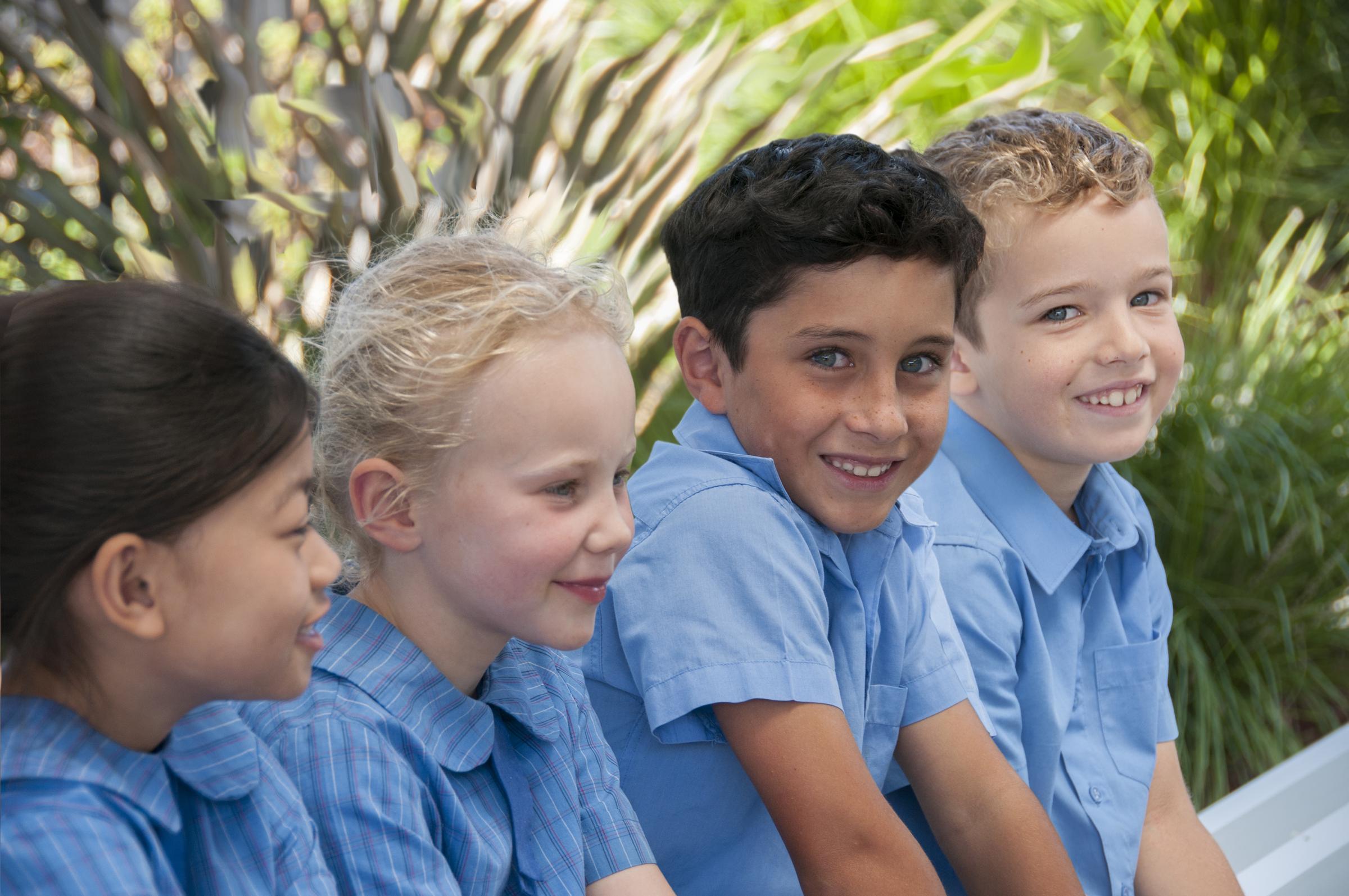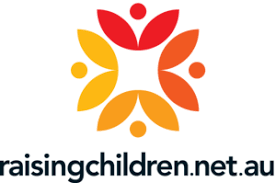Student Well-being

Positive attention and your child.
What is positive attention?
Positive attention is the way you show delight in your child and warmth in your relationship through:
- smiling at your child
- making eye contact and using caring facial expressions
- showing physical affection – for example, hugging your child
- using words to celebrate and encourage your child
- showing interest in your child’s interests, activities and achievements.
Why positive attention is important
From birth, children need experiences and relationships that show them they’re valued, capable human beings who bring pleasure to others. Positive attention, reactions and responses from key grown-ups help children build a picture of how valued they are.
Your child’s self-image builds up over time with positive, loving messages from you and other important people in your child’s life. A healthy self-image is very important, not only for your child’s relationship with others, but also for your child’s confidence as they learn about the world.
Your child’s feelings of security and safety come from responsive interactions with you and other carers. If you smile at your child when they look towards you, or reassure your child when they’re frightened or uncertain, your child will feel safe and secure. This gives your child confidence as they explore their world.
No matter what your child’s age, there are simple things you can do every day to send the message that your child is special and important. For example:
- Look at your child and smile.
- Show interest in what your child is doing – ask your child to tell you about it if they can.
- Pay attention and listen closely when your child talks to you.
- Create some special family rituals you can share together.
- Make time to be with your child, doing things you enjoy together.
- Praise your child when they try out a new skill or make an effort with something – for example, ‘That’s a really beautiful drawing! Where did you learn to use shading like that?’
There are also ways you can show positive attention to children of different ages.
School-age children and pre-teens: positive attention tips
Children’s worlds expand when they go to school. But your warmth and positive attention are still the biggest influences on your child’s development.
Try these ideas:
- Stop what you’re doing and listen when your child wants to talk about school. This might not always be as soon as your child gets home – it might be when your child is in the bath or just before they go to sleep.
- Ask your child about one good thing that happened during the day.
- Ask follow-up questions when your child starts talking. This keeps the conversation going.
- Notice and guide your child’s positive interactions with others – for example, ‘I think Hunter really liked it when you asked her questions about her holiday. It gave her a chance to talk about something that was important to her’.
- If you need to provide constructive feedback, give some positive messages at the same time – for example, ‘Usually you’re such a good sharer. I can see it’s hard just now but think about how your friends feel when you don’t let them have a turn.’
Positive attention: how it adds up over time
Over time, it’s important to give your child more positive attention than criticism or negative attention. If you can give your child positive attention most of the time, your child will have a strong sense of being secure and loved. This will also outweigh those occasional times when you feel frustrated or distracted, or you can’t give your child as much attention as you’d like.
Lauren Borg
e-Learning/Student Well-being Leader

